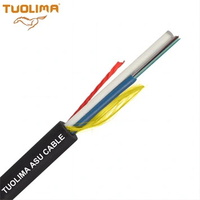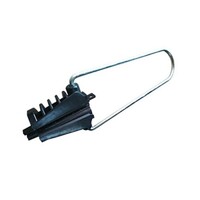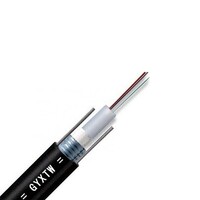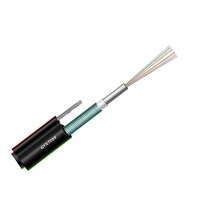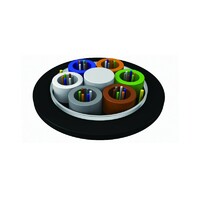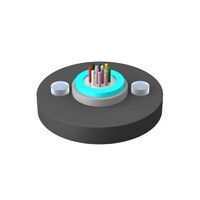Fiber Optic Cable & Fiber Optic Clamps
Product Quick Detail
- FOB Price
- USD $15.00 / Piece
- Minimum Order
- 1
- Place Of Origin
- Hangzhou
- Packaging
- N/A
- Delivery
- 7-25days
Specifications
Optical cable is a communication line in which a certain number of optical fibers form a cable core, and are covered with sheathes to realize optical signal transmission. Fiber optic cable's
primary features are large capacity for information transmission, strong adaptability in any environment, long service life and lower transmission loss.
TUOLIMA, the wonderful fiber drop cable clamp supplier, manufactures high quality optical cable that builds up the bridge of telecommunication networks applied in critical FTTX fields. If you have
interest in fiber optic cables how they work, you can look the following website or contact us.
As a reliable fiber optic products supplier, our fiber optic cable types are various. So what are the main different types of fiber optic cable? For example, our fiber optic cable manufacturing
company have fiber optic cable clamps, custom fiber optic cables, single mode fiber optic cable, sc connector fiber optic drop cable, 4mm fiber optic cable, 24 core fiber optic cable, 6 core
armoured fiber optic cable, 4 core fiber optic cable and fiber optic wire for sale. Now we are making cooperation with some fabulous fiber optic cable manufacturers and 5g fiber optic cable
companies to make use of fiber optic cable in networking in order to make a good service and best user experience when our customers use fiber optic cable for home network, office network and in
other areas. We can also customize different types of optical fibre according to your requirements.
Advantages of Fiber Optic Cable & Fiber Optic Clamps
Optical fiber data transmission is a broad series of storage body which not only deals with fiber connection but also continuous transmission by splicing or terminating fiber in splice closures,
telecom cabinet, terminal box and splitting boxes.
Plan and design your network layout and wiring
Actual decentralized or integrated fiber optic network operations
Super high security, anti-electrical interference
Fundamentals of Fiber Optic Cable & Fiber Optic Clamps
The span of the fiber optic cable, that is, the distance between the two communication poles that can support the optical cable;
The number of optical fiber cores: the number of users planned in the area needs to be integrated, and determines the applicable diameter of the required cable clamp;
Use environment: the special use environment will affect the selection of the structure and material of the outdoor optical cable and the clamp to adapt to different environmental requirements;
Installation conditions and methods: determine the details of the fiber optic cable itself and the choice of clamps.
- Country: China (Mainland)
- Founded Year: 2003.12
- Address: Add.: Qianjiang Science Technique Mansion, No.388 Wensan Road, Xihu District,Hangzhou 310012,Zhejiang, China
- Contact: Cntuolima com

